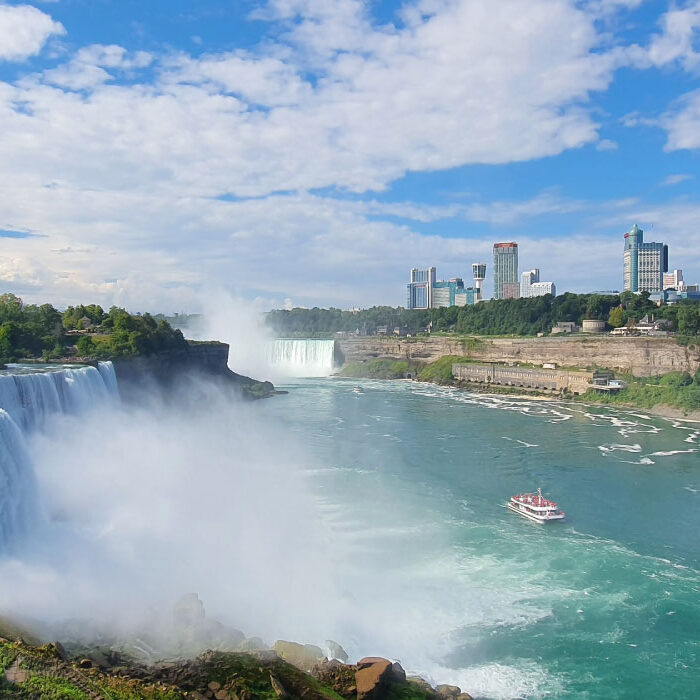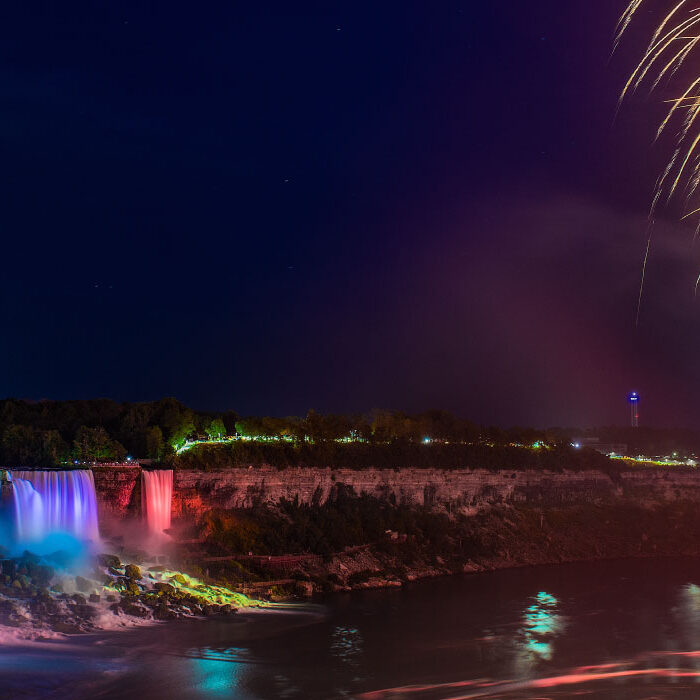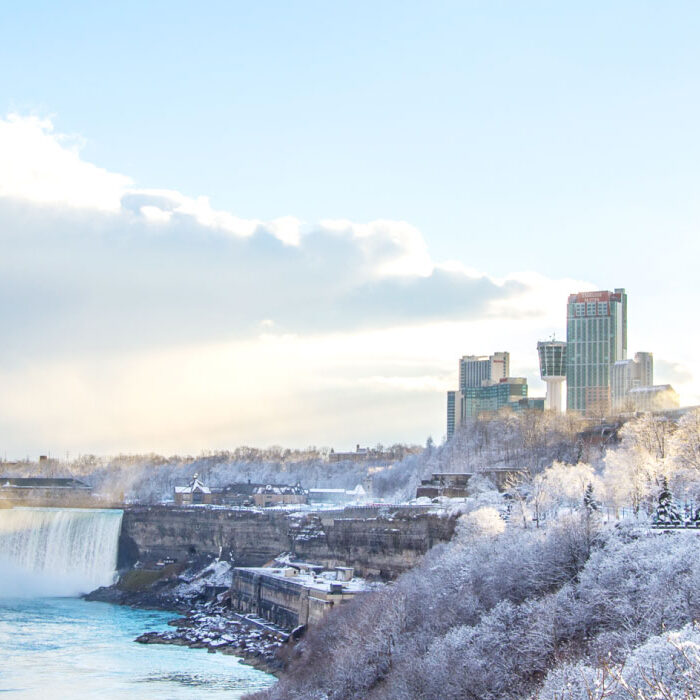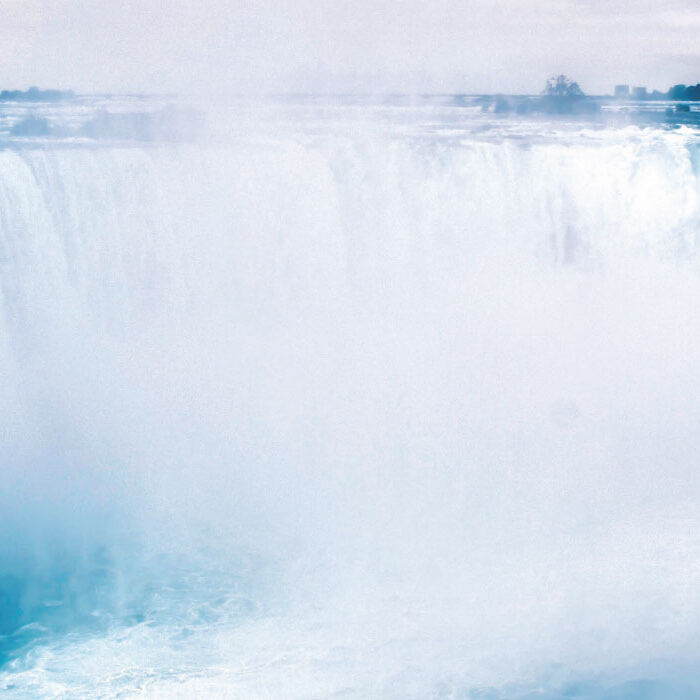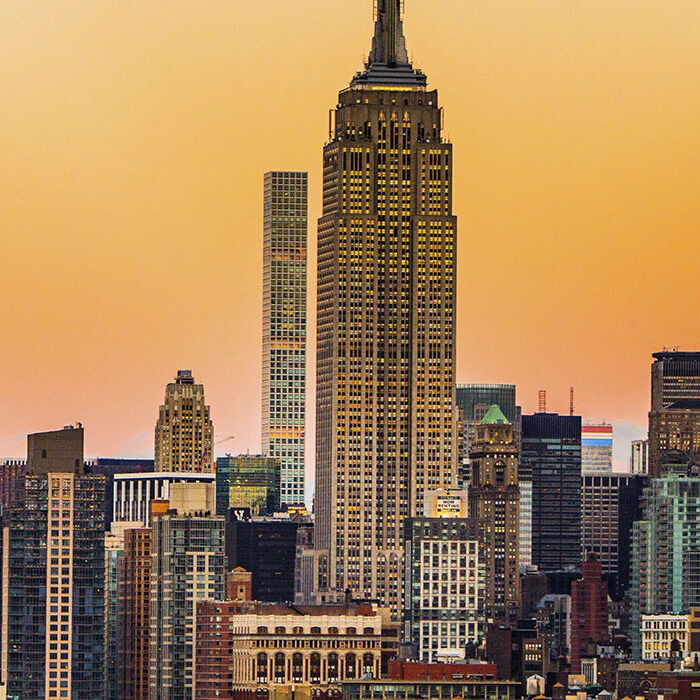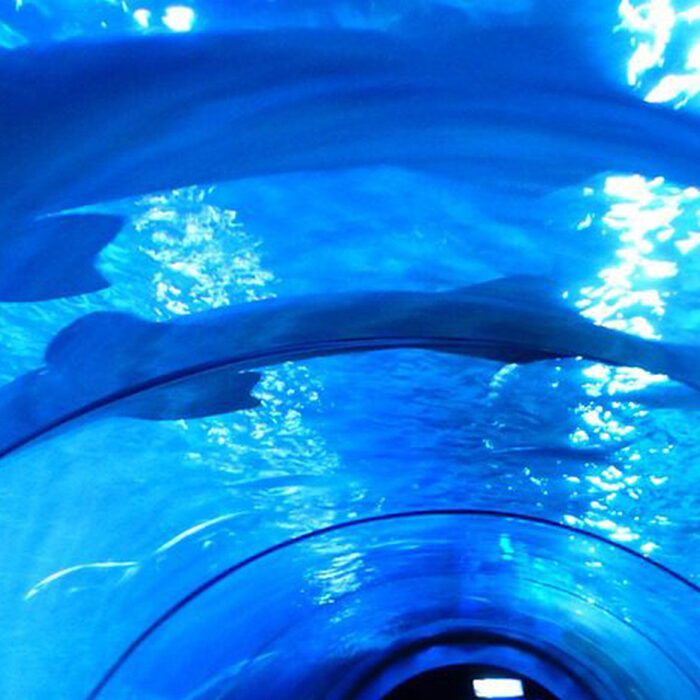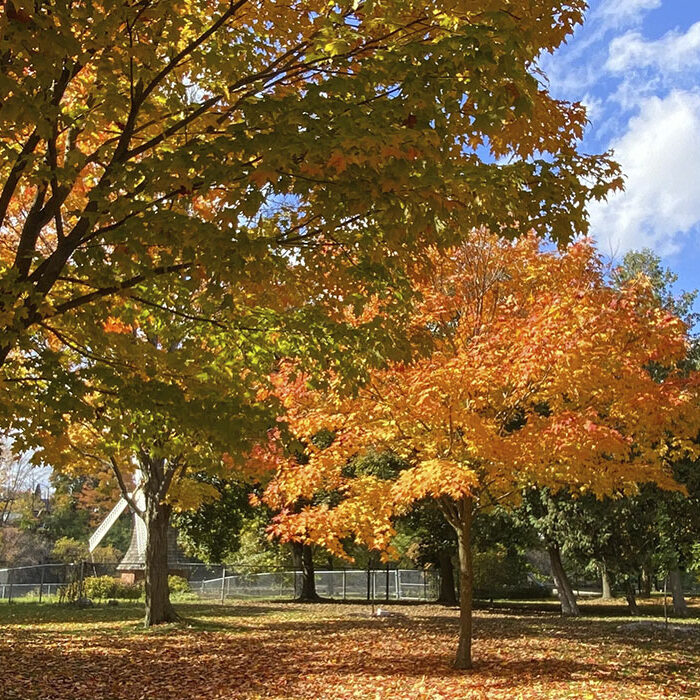The area around Niagara Falls is home to a varied range of flora and fauna, both in the water and on land. The turbulent waters surrounding the falls and the trails winding along the cliff offer a unique opportunity to appreciate diversity and contemplate nature and views at Niagara Falls.



Flora: A Spectrum of Colors and Textures
Aquatic Vegetation: In the turbulent waters surrounding the falls, it is common to find algae and other aquatic plants clinging to rocks and floating in the current, creating a unique and vibrant underwater landscape.
Riparian Vegetation: Along the rivers and streams that flow into Niagara Falls, trees such as maple, oak, birch, and willow grow, their branches swaying gently in the breeze, providing shelter and food for a variety of animal species.
Tropical Plants: At the Niagara Falls Botanical Gardens, located on the Canadian side, exotic tropical plants such as orchids, bromeliads, and ferns can be found thriving in controlled greenhouse conditions, adding a touch of tropical lushness to this natural environment.
Wildflowers: During spring and summer, the natural areas around the falls are filled with color with the blooming of a variety of wildflowers such as lupines, lilies, and daisies, dotting the landscape with strokes of color and fragrance.
Fauna: A Symphony of Life and Movement
Waterfowl: Niagara Falls and the surrounding rivers are home to a wide variety of waterfowl, including seagulls, cormorants, herons, and ducks, whose cries fill the air as they dive for fish and other aquatic organisms abundant in the waters.
Fish: The Niagara River and its tributaries have a wide variety of fish, including trout, salmon, catfish, and pike, whose silver silhouettes glide elegantly through the currents, playing an important role in the aquatic ecosystem and providing food for birds and mammals.
Terrestrial Mammals: In the forests and parks of Niagara Falls and its surroundings, mammals such as deer, raccoons, opossums, and rabbits can be found, their tracks and traces a testament to their presence in these natural habitats, where they find shelter and food among the lush vegetation.
Butterflies: During spring and summer, monarch butterflies migrate through the Niagara Falls region on their way north, painting the sky with their orange and black wings as they flutter in nearby gardens and meadows, adding a touch of grace and beauty to this landscape.
Exploring Niagara Falls
Niagara Falls State Park, with its trails, picnic areas, and visitor centers, offers explorers the opportunity to enjoy the natural beauty of the region and learn about its history and geology. Observation areas, such as Prospect Point, Terrapin Point, and Luna Island, unfold stunning views of the falls from different angles, allowing you to appreciate the magnitude and beauty of the place.
In addition to panoramic views of Niagara Falls, you can engage in a variety of outdoor activities, such as hiking, boating, and bird watching, experiencing nature in a more personal way. Educational programs and exhibits at visitor centers provide valuable information about the flora, fauna, and history of the region, further enriching the experience.
Exploring Niagara Falls is an experience that goes beyond breathtaking views and the powerful roar of the water. Don’t miss out on this beautiful natural sanctuary and book a Niagara Falls Tour from New York now.







